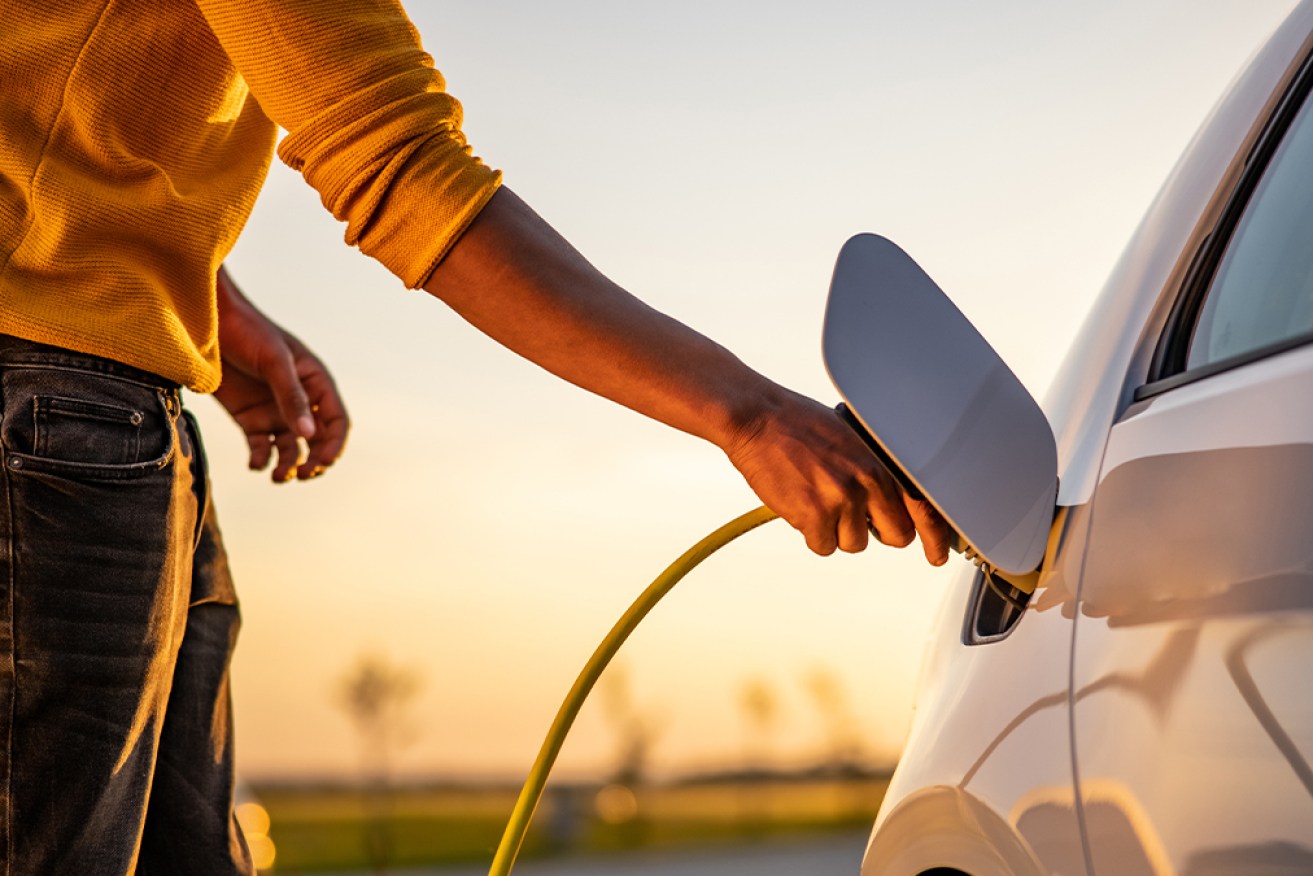More than tax breaks needed to sell millions of electric vehicles


Race to Zero Ranking shows that some manufacturers are quickly moving towards electrifying their fleets. Photo: Getty
Electric vehicles are rapidly becoming cheaper as governments step up their efforts to convince motorists to switch from petrol cars, but advocates say more action is needed to ensure millions more can be sold before a crucial 2035 deadline.
Discounts of more than $11,000 will soon be available to Australians looking to purchase an EV as the Senate considers new federal tax breaks for green vehicles which, combined with state government subsidies, aims to reduce the high sticker price of green cars.
The changes, detailed in last month’s federal budget, will exempt EVs from fringe benefits tax, saving those who purchase one under a salary sacrifice deal with their employer up to $4700.
It is expected to prompt more people to switch to an EV now, rather than in 10 to 15 years time as Australia races to lift adoption of green technologies to achieve net-zero emissions by 2050.
But because the price of the cheapest EV in Australia is still more than twice the cheapest petrol car, advocates argue more must be done to ensure millions are sold over the next two decades.
Recently, more than 100 companies and organisations – including Uber, Tesla, Microsoft, IKEA and Woolworths – called for urgent reforms and a new target that would see a million electric cars on Australian roads within the next five years.
The alliance, organised by the Electric Vehicle Council (EVC), argued Australia must adopt stronger fuel efficiency standards, boost EV manufacturing, and build more charging stations.
“After years of inaction from Canberra, Australian EV policy is now ready to accelerate and business wants to ensure we don’t miss the moment,” EVC boss Behyad Jafari said.
“This new federal government is off to a strong start and a national EV strategy announced in the first months of its tenure is an excellent development.
“But after a long period of policy stagnation we now need a strategy that contains robust measures.”
Tax breaks making EVs cheaper
Though the tax breaks and subsidies on offer for Australians buying EVs are growing, whether someone can access the biggest savings comes down to where they live.
EVC figures show Canberra offers the biggest EV discounts, with motorists able to save up to $6708 if they take advantage of the ACT’s $4092 zero-interest loan for green vehicles.
Savings go up to $4500 in New South Wales, $3864 in Queensland, $3500 in Western Australia, $3414 in South Australia, $3000 in Victoria and $2465 in the Northern Territory.
Each state discount will become more attractive when the federal tax breaks come into effect, while there will also be an exemption from import tariffs for EVs valued up to $84,000.
Ajaya Haikerwal, a clean transport campaigner with advocacy group Solar Citizens, said new federal tax breaks were welcome, but said they would mainly help businesses build their fleets.
That is still a crucial first step, he said, because these vehicles would eventually flow through to the second-hand market, where most Australians purchase their cars.
“Fringe benefits tax is a really important piece for businesses, who will be the people buying a lot of these EVs,” Mr Haikerwal said.
More action needed
Mr Haikerwal said the main opportunity for reducing the relatively high upfront cost of an EV for households is the introduction of stronger fuel efficiency standards, which would force global car manufacturers to send their latest and cheapest low-emission and electric vehicles.
As things stand, just over 3 per cent of new vehicle sales in Australia are electric, compared to 16.9 per cent in the UK and 83.7 per cent in Norway.
“We need to get enough EVs in the market,” Mr Haikerwal said.
“People who have the means to buy EVs at the moment are buying them. They’re just not available.”
Climate Minister Chris Bowen earlier this year said the government would consider adopting tougher fuel efficiency standards to boost EV sales, but stopped short of a commitment.
The electric vehicle alliance said that such standards would be needed to get a million EVs on Australian roads by 2027.
But Mr Haikerwal said that’s the least that must be sold if Australia is to achieve 100 per cent EV sales by a crucial 2035 deadline.
Because vehicles have a typical 15-year lifespan on Australian roads, experts – including the Grattan Institute – have argued that Australia must stop selling new petrol cars by 2035 in order to achieve net zero.
“The science tells us that we need strong cuts in carbon emissions and the only way we’re going to get that, according to the international energy agency, is 100 per cent EV sales,” Mr Haikerwal said.








